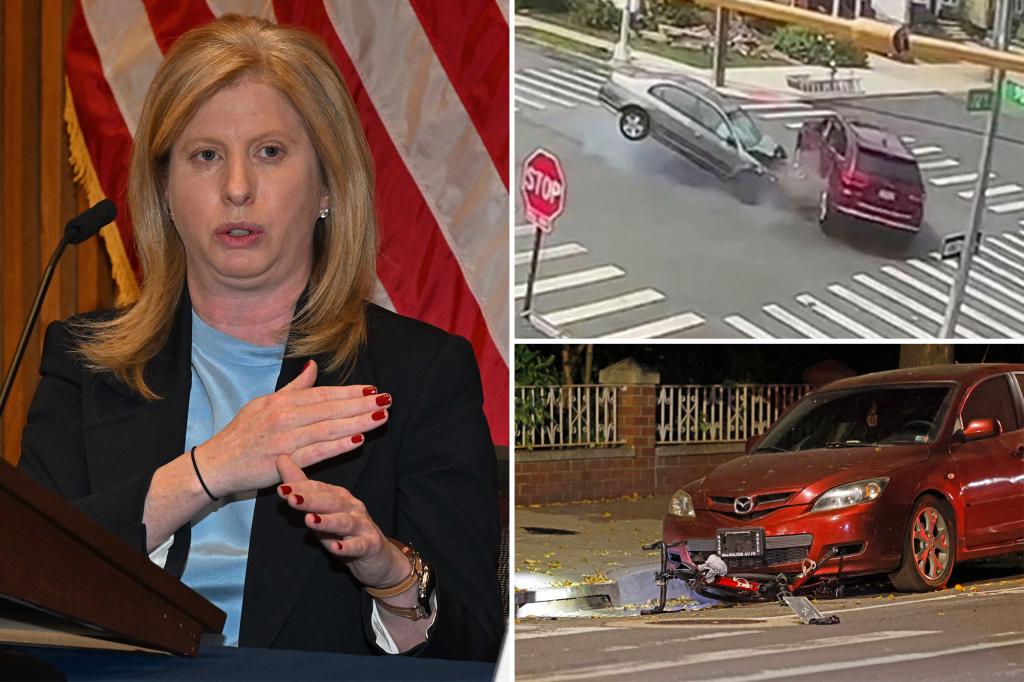The New York Police Department (NYPD) has implemented a significant shift in its vehicle pursuit policy, effective February 1st, 2024. This change prioritizes public and officer safety by restricting pursuits to instances involving suspects wanted for serious and violent crimes. Driven by a surge in dangerous and often fatal high-speed chases, the new policy aims to reduce the risks associated with pursuing individuals for less serious offenses, such as traffic infractions, violations, and non-violent misdemeanors. Police Commissioner Jessica Tisch emphasized that modern policing tools offer safer and more effective methods of apprehension, rendering many pursuits unnecessary.
This policy revision comes in response to a dramatic escalation in NYPD car chases, which have resulted in a concerning number of accidents involving injuries and fatalities of innocent bystanders. The first three months of 2023 saw a staggering 600% increase in police pursuits, culminating in a record-breaking average of more than one crash per day throughout the year. Several tragic incidents highlighted the devastating consequences of these high-speed chases, including the death of a cyclist struck by a burglary suspect fleeing police and injuries sustained by another cyclist hit by a fleeing drug suspect. These cases underscore the inherent danger posed by high-speed pursuits in densely populated areas.
The revised policy directly addresses the issues raised by these incidents. NYPD data reveals that approximately 25% of the nearly 2,300 vehicle pursuits in 2023 resulted in crashes, property damage, or physical harm, with a majority stemming from suspects fleeing car stops. The new guidelines will prohibit many of these chases, requiring officers to carefully assess the potential risks before initiating a pursuit. Factors such as the presence of residential communities, schools, and playgrounds will be crucial in determining whether a pursuit can be conducted safely. Furthermore, the policy protects officers from criticism or disciplinary action if they choose to discontinue a pursuit due to safety concerns.
The rationale behind the policy change centers on the evolving landscape of law enforcement. Commissioner Tisch highlighted the availability of advanced technological tools that allow for safer and more effective apprehension methods. Rather than engaging in potentially dangerous high-speed chases for minor offenses, officers can leverage these tools to track and apprehend suspects without putting the public or themselves at undue risk. This approach reflects a shift towards a more strategic and calculated approach to law enforcement, prioritizing the well-being of all involved.
The new policy mandates a careful evaluation of the circumstances surrounding a potential pursuit. Officers must consider the severity of the suspected crime, the environment in which the pursuit might take place, and the potential risks to both the public and themselves. This emphasis on risk assessment encourages a more judicious approach to pursuits, ensuring that they are only initiated when absolutely necessary and can be conducted with an acceptable level of safety. By discouraging pursuits for less serious offenses, the NYPD aims to prevent tragic accidents and prioritize the safety of its officers and the community.
The Police Benevolent Association, representing NYPD officers, has expressed support for the policy change, acknowledging that it addresses their concerns regarding the dangers of police chases. However, the union also emphasizes the importance of consistent and equitable application of the policy to ensure that neither officers nor the public are unduly exposed to risks. This collaborative approach between the NYPD leadership and the officers’ union signifies a shared commitment to improving safety and reducing the potential for harm associated with vehicle pursuits. The success of the new policy will depend on its consistent implementation and ongoing evaluation to ensure it effectively achieves its goals.

